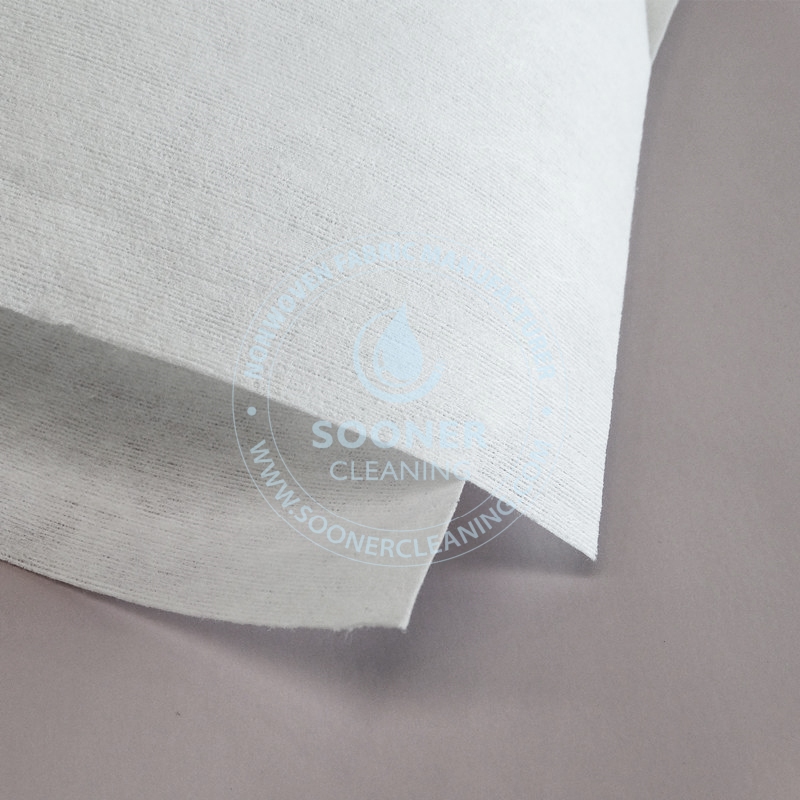As a parent or a baby care brand, it is important to understand the
baby wipes raw materials. Not only does this affect the safety and comfort of the product, but it also has a direct impact on the brand's competitiveness in the marketplace and consumer trust. In this article, we will analyse the raw material composition of baby wipes, industry trends and shopping suggestions to help optimize product development and SEO content layout.
I. the four core raw materials of baby wipes
Nonwoven fabric base material (Nonwoven Fabric)
Material type: spunlace (spunlace) accounts for the highest proportion, because of its soft, strong and hypoallergenic, suitable for baby's delicate skin.
Moisturising and Cleansing Agents
Common formulations: Pure water (over 90%) with natural extracts, or mild chemical moisturisers.
Safety standards: Avoid harsh ingredients such as alcohol, parabens (preservatives), SLS (sulphates).
Preservative system (Preservatives)
Necessity: Prevents bacterial growth and extends the life of the wipes after opening.
Safe choice: Phenoxyethanol, caprylyl glycol and other mild preservatives certified by ECOCERT.
Fragrances & Additives
Risk Warning: Artificial flavours are a common cause of skin allergies in infants, so it is recommended to choose unscented or essential oil derived formulations.
II.Raw material innovation under the trend of environmental protection
With the European Union's plastic ban and several US states' plastic restriction policies, sustainable raw materials have become the focus of the industry:
Plant fibre base material: Nonwoven fabrics made from renewable resources such as bamboo pulp and sugarcane fibre combine softness with low-carbon attributes.
Flushable technology: Some wipes are designed with short fibres, which have passed sewer decomposition tests to reduce environmental pollution.
Packaging Optimisation: Adoption of PCR (post-consumer recycled plastic) or paper packaging to enhance the brand's ESG image.
III.how to choose high-quality baby wipes raw materials suppliers?
Certification verification: Ensure that the supplier has passed authoritative standards such as ISO and FSC (Forest Sustainability Certification).
Safety test report: Comply with FDA or EU regulations.
Customised service: Suppliers that support batch trial production and formula adjustment are more preferred by start-up brands.
Industry data: The global baby wipes market is expected to reach $5.8 billion in 2027 (Statista), with the Asian supply chain accounting for more than 60%, and China and India as the main raw material suppliers.
IV.Frequently Asked Questions
Q1: Is propylene glycol (propylene glycol) in baby wipes safe?
A: Low concentration of propylene glycol is generally safe as a moisturiser, but some infants with sensitive skin may experience redness and swelling, so it is recommended to choose the additive-free version.
Q2: How can I tell if non-woven fabrics are suitable for babies?
A: Through touch test (rubbing to simulate skin), breathability test and pH test.
Q3: How much higher is the cost of biodegradable wipes than traditional products?
A: The raw material cost of PLA non-woven is about 20%-30% higher, but it can be covered by green marketing premium to attract environmentally conscious families.
V. Conclusion: Raw materials determine brand competitiveness
From safety to sustainability, the choice of raw materials for baby wipes directly affects user reputation and repurchase rate. Brands need to keep up with regulatory changes and consumer demand, click for free samples!


